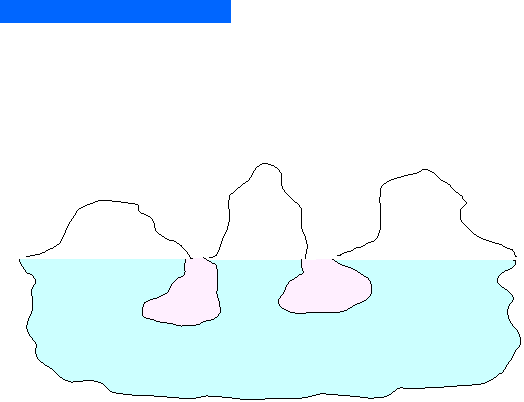|
|
|
|
|
This
theory is often presented in the form of icebergs. The icebergs are separate
above the surface - that is, two languages are visibly different in outward
conversation. Underneath the surface, however, they are fused so that the two
languages do not function separately. At the bottom of the iceberg there’s a
sort of central processing system through which the two languages work.
|
|
Perhaps
we can make an analogy with the working of a computer: we can use many
different programs or applications – for example, for word processing, for
recording films, for drawing objects – but these programs need a central
processing system, say, Microsoft Windows or Apple’s Mac OS, which is the
overall system which allows the applications to work.
|
|
If we
accept this view, things obviously change: experience with either language
can promote development of the proficiency underlying both languages –
provided, as Cummins stresses, that those basic conditions for learning to
take place are met - that is, adequate motivation and exposure to both
languages, either at school or in the wider environment.
|





